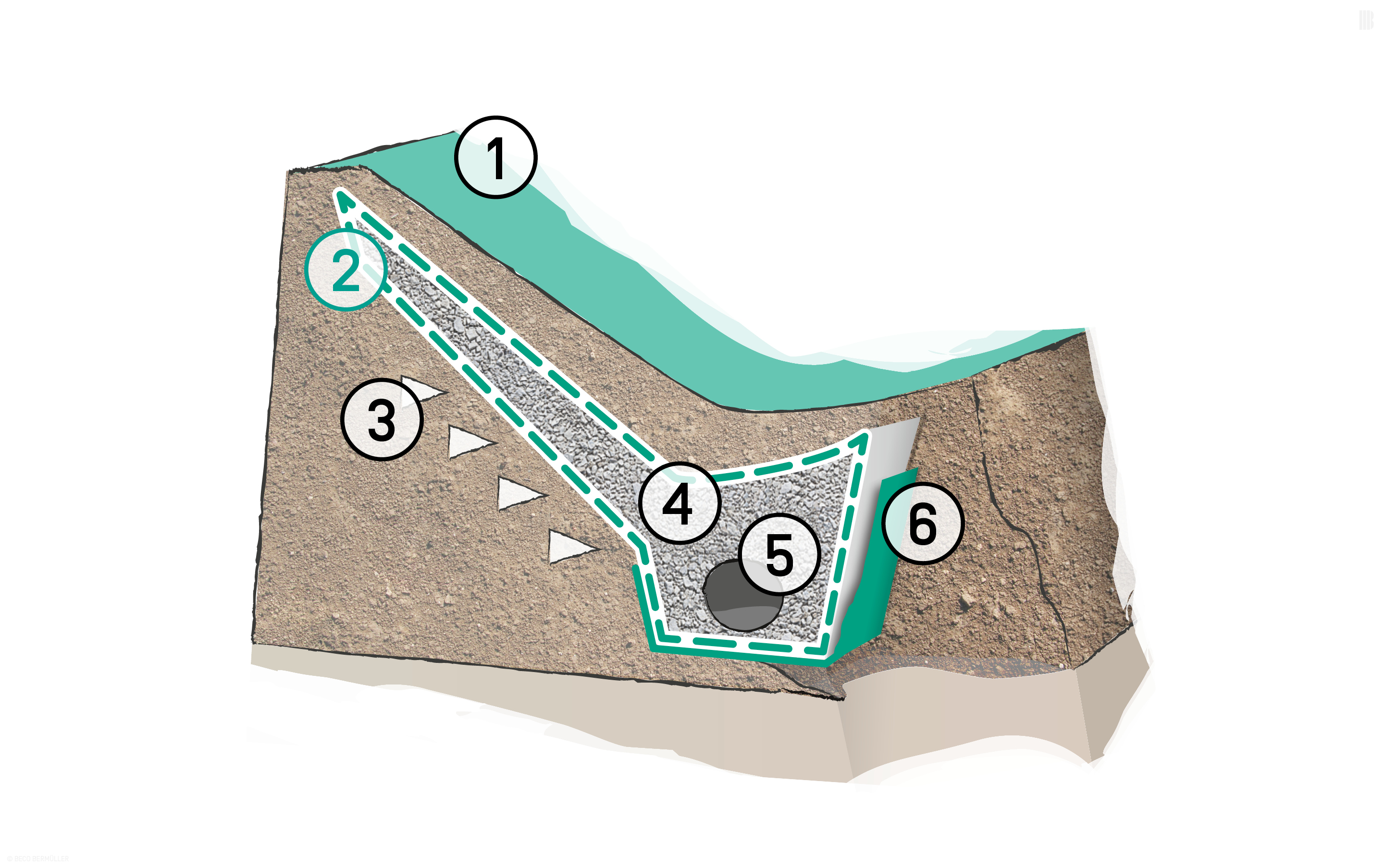BONTEC NW Non-woven Fabrics are manufactured from high-quality polypropylene spin fibres in one of the most modern production plants in Europe.
This polymer has high chemical resistance, even to aggressive media such as those with a high pH value. In contrast to conventional, purely mechanically bonded products, BONTEC NW Non-woven Fabrics are also thermally treated, in a second production stage.
Thanks to this second-phase treatment, the advantages of mechanically bonded non-woven fabrics, such as flexibility and effective filtering, are combined with the robustness and tensile strength of thermally bonded products.





























